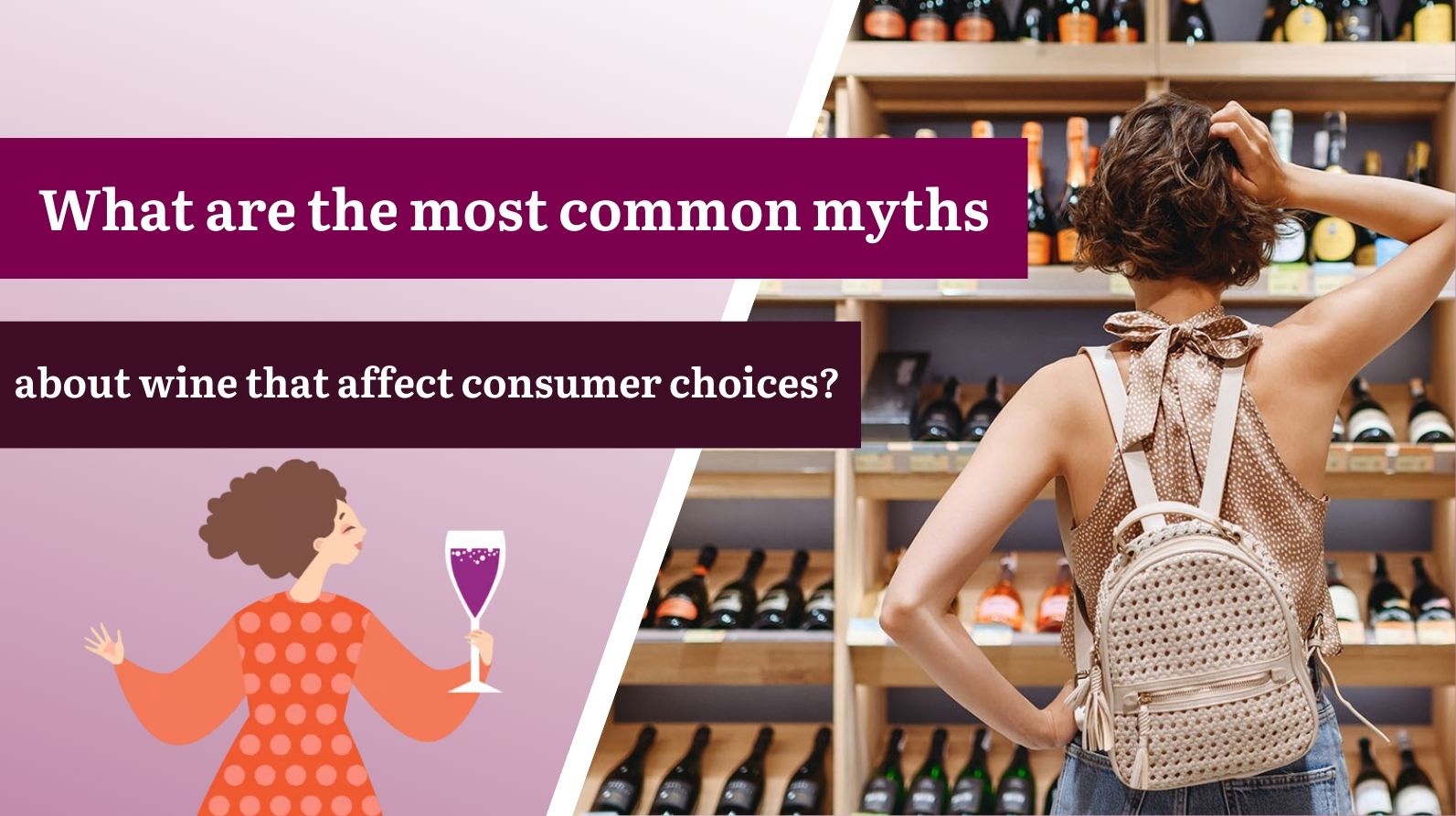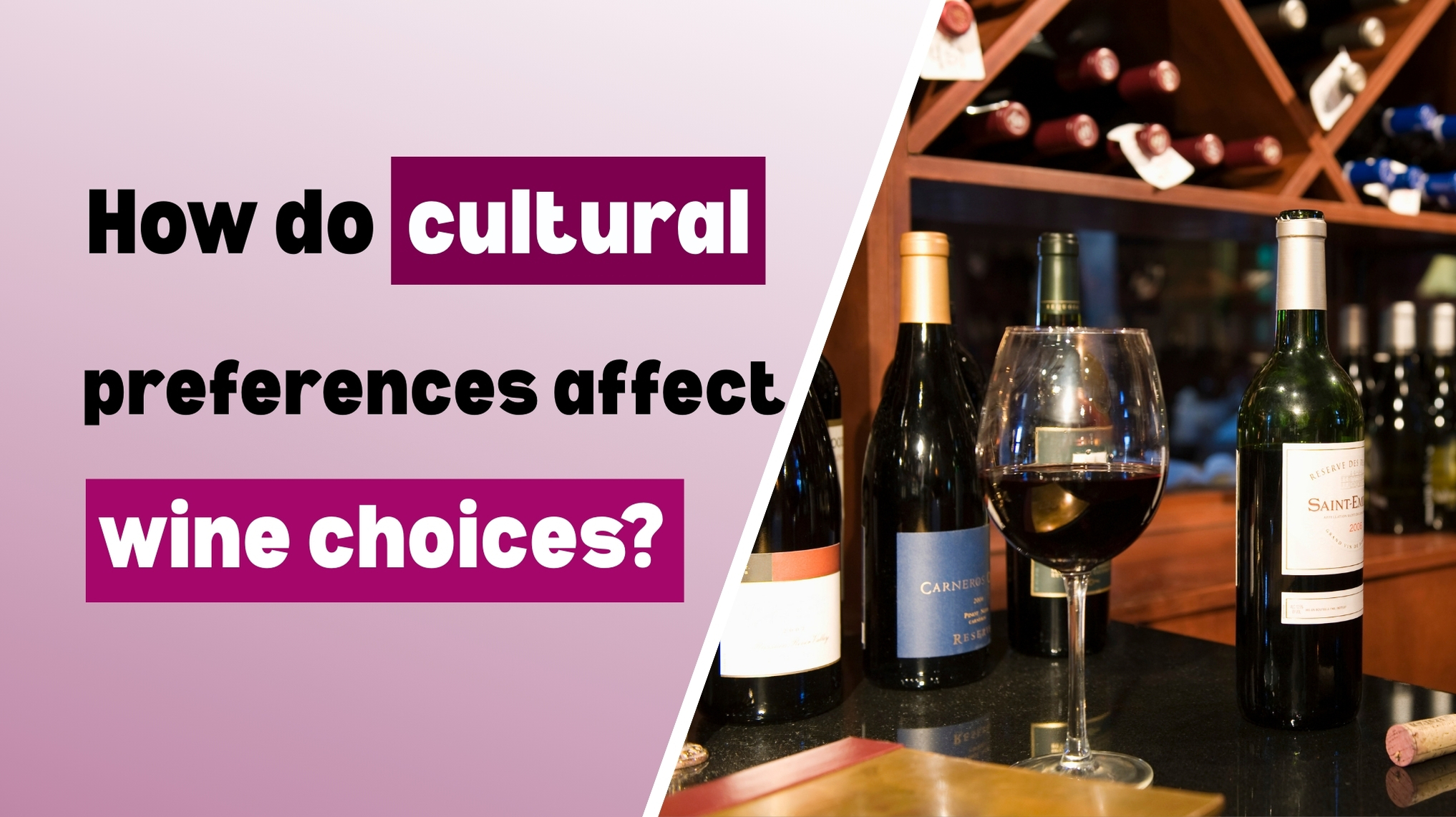10 Common Wine Myths Debunked

A Simple Guide for Everyday Wine Lovers
Wine is a timeless drink enjoyed across the globe, yet even today, many common wine misconceptions continue to confuse and mislead new and seasoned drinkers alike. This guide breaks down 10 wine myths debunks with simple explanations so that every wine lover—especially beginners—can feel more confident in their choices. Whether you’re exploring your first glass or building your collection, these wine facts for beginners will help you sip smarter.
1. Myth: Older Wines Are Always Better
A classic wine myth debunked is the idea that older automatically means better. While a few red wines can improve with age, most are crafted for early enjoyment. Aging the wrong wine can lead to flat or dull flavors. For those starting out, this is one of the most important wine facts for beginners—freshness often wins!
2. Myth: Expensive Wines Are Always Better
Many people believe that a higher price tag equals higher quality. But taste doesn’t always follow cost. In blind tastings, budget-friendly wines often outperform luxury labels. The reality? Your palate is your best guide. It’s one of those common wine misconceptions that you can leave behind with confidence.
3. Myth: Screw Caps Are for Cheap Wines
In the past, screw caps had a bad reputation, but that’s outdated thinking. Today, many premium wines from places like Australia and New Zealand use screw caps to maintain freshness and avoid cork taint. A wine’s closure doesn’t determine quality—this is one of those wine myths debunked that surprises many newcomers.
4. Myth: Red Wine Should Be Served at Room Temperature
“Room temperature” was ideal in old stone European cellars—not modern heated homes. Serving red wine slightly chilled (between 55°F and 65°F or 13°C to 18°C) brings out its best characteristics. If you're looking for practical wine tasting tips, try popping your red wine in the fridge for 15 minutes before serving.
5. Myth: White Wine Can’t Be Aged
Not all white wines are made for long aging, but some—like Riesling, White Burgundy, and cool-climate Chardonnay—develop beautifully over time. They gain complexity, depth, and character. If you're learning more about wine, keep this in mind as one of the lesser-known but valuable wine facts for beginners.
6. Myth: Wine Legs Indicate Quality
Those streaks or “legs” running down your glass only reflect alcohol or sugar content, not taste. Despite popular belief, they have nothing to do with wine quality. It’s just another one of the many common wine misconceptions that distract from what really matters—flavor and balance.
7. Myth: Boxed Wine Is Always Low Quality
Boxed wine has come a long way. Today, many quality-focused producers use boxes to reduce costs, limit waste, and extend shelf life. Modern boxed wine quality is surprisingly high—and ideal for everyday use or casual gatherings. Dismissing boxed wine just might cause you to miss out on some fantastic finds!
8. Myth: Rosé Is for Beginners Only
Some assume rosé is overly sweet or simple, but that couldn’t be further from the truth. Rosé wines range from dry and crisp to complex and elegant. They’re a favorite among sommeliers and chefs, especially for food pairings. This myth is easily one of the most outdated on our wine myths debunked list.
9. Myth: Wine Tasting Is Purely Opinion-Based
While everyone has unique tastes, proper wine tasting involves structure—aroma, acidity, body, tannins, and finish. Learning these elements sharpens your palate. For newcomers, mastering these wine tasting tips can turn a casual drinker into a confident wine explorer.
10. Myth: Wine Is Bad for Your Health
Excessive alcohol consumption is never healthy, but moderate red wine intake has been linked to certain heart benefits. Like all things, balance is key. This myth often deters people from discovering wine’s enjoyable and potentially beneficial side.
Frequently Asked Questions (FAQs)
1. Is it okay to drink wine every day?
In moderation, yes. A small glass of red wine may offer health benefits, but everyone’s health situation is different.
2. How long does wine last after opening?
White wine: 3–5 days in the fridge.
Red wine: 3–7 days when stored properly.
3. Do I need a wine cellar to store wine?
Not at all! A cool, dark, and consistent-temperature space like a cupboard is often just fine.
4. Can I pair red wine with fish?
Absolutely. Lighter reds like Pinot Noir work well with richer fish or bold sauces.
5. Are sulphites in wine bad for you?
Most people aren’t sensitive to sulphites. If concerned, look for low-sulphite or organic wines.
6. What’s the best way to learn more about wine?
Start by tasting a variety, reading basic guides, and attending tastings. The more you explore, the more your palate develops.










